When it comes to starting your day right, selecting the healthiest cereals for breakfast can make a significant difference.With innumerable choices accessible available, it’s fundamental for know what to search for to guarantee you’re picking awesome for your wellbeing. In this aide, we’ll separate the critical elements to consider while picking the best grains and give a few helpful hints to going with informed decisions.
Understanding the Basics of the Healthiest Cereals
Why Choose Healthy Cereals?
Healthy cereals offer numerous benefits, including:
- High Nutritional Value: Packed with essential nutrients like fiber, vitamins, and minerals.
- Sustained Energy: Provide a steady release of energy to keep you going throughout the morning.
- Weight Management: Can help in maintaining a healthy weight by keeping you full longer.
- Heart Health: Many healthy cereals are rich in whole grains that support heart health.
Key Factors to Consider
1. Whole Grains
When searching for the healthiest cereals, prioritize those made from whole grains. Whole grains contain all parts of the grain kernel, including the bran, germ, and endosperm, which means they retain more nutrients and fiber compared to refined grains. Look for cereals with whole grains listed as the first ingredient.
2. Fiber Content
Fiber is crucial for digestive health and helps keep you feeling full longer. Aim for cereals that offer at least 3-5 grams of fiber per serving. Ingredients like oats, barley, and bran are excellent sources of dietary fiber.
3. Sugar Levels
Many commercial cereals are loaded with added sugars, which can lead to weight gain and other health issues. Choose cereals with minimal added sugars, ideally less than 5 grams per serving. Opt for natural sweeteners like honey or dried fruits if you prefer a touch of sweetness.
4. Protein Content
Protein is essential for building and repairing tissues and can also keep you satiated. Look for cereals with a good amount of protein, at least 5 grams per serving. Ingredients like nuts, seeds, and quinoa are great protein sources.
5. Ingredients List
A short, simple ingredients list typically indicates a healthier product. Avoid cereals with artificial colors, flavors, and preservatives. The healthiest cereals usually contain recognizable, whole food ingredients.
Top Tips for Choosing the Healthiest Cereals
1. Read the Nutrition Label
Always check the nutrition label to understand the cereal’s content. Pay attention to serving sizes, calories, and the amounts of fiber, protein, and sugar. Comparing different brands can help you find the best option.
2. Watch for Marketing Claims
Be cautious of marketing claims like “all-natural” or “low-fat,” as they can be misleading. Instead, focus on the actual nutritional content and ingredients list to determine the healthiest cereals.
3. Choose Unsweetened Varieties
Unsweetened cereals give you more control over your sugar intake. You can always add a small amount of natural sweetener or fresh fruit to enhance the flavor without overloading on sugar.
4. Consider Your Dietary Needs
If you have specific dietary needs or restrictions, such as gluten-free or vegan, make sure to choose cereals that meet these requirements. Many brands offer specialty products tailored to various dietary preferences.
Examples of the Healthiest Cereals
Here are some examples of cereals that fit the criteria for being among the healthiest options:
1. Oatmeal
Oatmeal is a classic and versatile choice. It’s rich in fiber and can be customized with fruits, nuts, and spices for added flavor and nutrition.
2. Muesli
Muesli is a mix of whole grains, nuts, seeds, and dried fruits. It’s usually less processed and lower in sugar compared to many other cereals.
3. Granola
Choose granola with minimal added sugars and healthy fats from nuts and seeds. Homemade granola can be an excellent option to control the ingredients.
4. Whole Grain Bran Cereal
Bran cereals are high in fiber and often fortified with essential vitamins and minerals, making them a nutritious choice.
5. Quinoa Flakes
Quinoa flakes are gluten-free and packed with protein, fiber, and various vitamins and minerals, making them a great alternative to traditional cereals.
How to Enjoy Your Healthy Cereal
1. With Milk or Milk Alternatives
Serve your cereal with cow’s milk or a plant-based alternative like almond, soy, or oat milk for added nutrients and flavor.
2. Yogurt Parfait
Layer your cereal with Greek yogurt and fresh fruits to create a delicious and nutritious parfait.
3. Smoothie Bowl
Top your smoothie bowl with a handful of cereal for an added crunch and boost of nutrition.
4. On-the-Go Snack
Pack your cereal in a small container for a convenient, healthy snack when you’re on the move.
Internal Link: Healthy Eating on a Budget
For more tips on maintaining a nutritious diet without breaking the bank, check out our guide on healthy eating on a budget: tips and tricks. This resource provides valuable insights on making smart food choices while being cost-effective.
Conclusion

Choosing the healthiest cereals for breakfast doesn’t have to be overwhelming. By focusing on whole grains, high fiber content, low sugar levels, and a clean ingredients list, you can find cereals that support your health and wellness goals. Remember to read nutrition labels carefully, be wary of misleading marketing claims, and consider your dietary needs.
Incorporating these tips into your shopping routine will help you select cereals that not only taste great but also provide the nutrition your body needs to thrive. So next time you’re in the cereal aisle, you’ll be well-equipped to make the healthiest choice for your breakfast.
Start your day right with the healthiest cereals and enjoy the benefits of a nutritious, balanced breakfast!



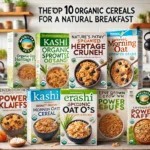
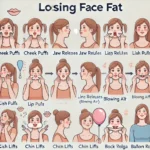


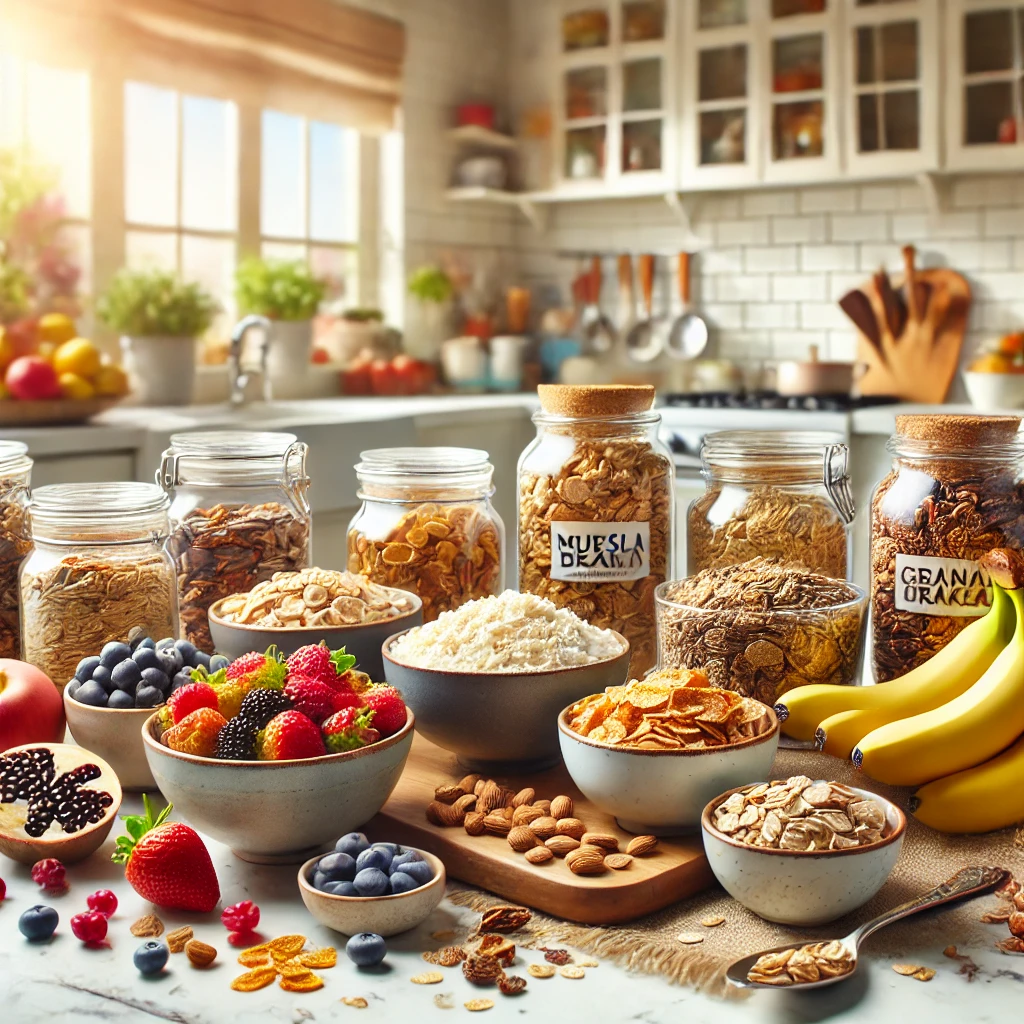
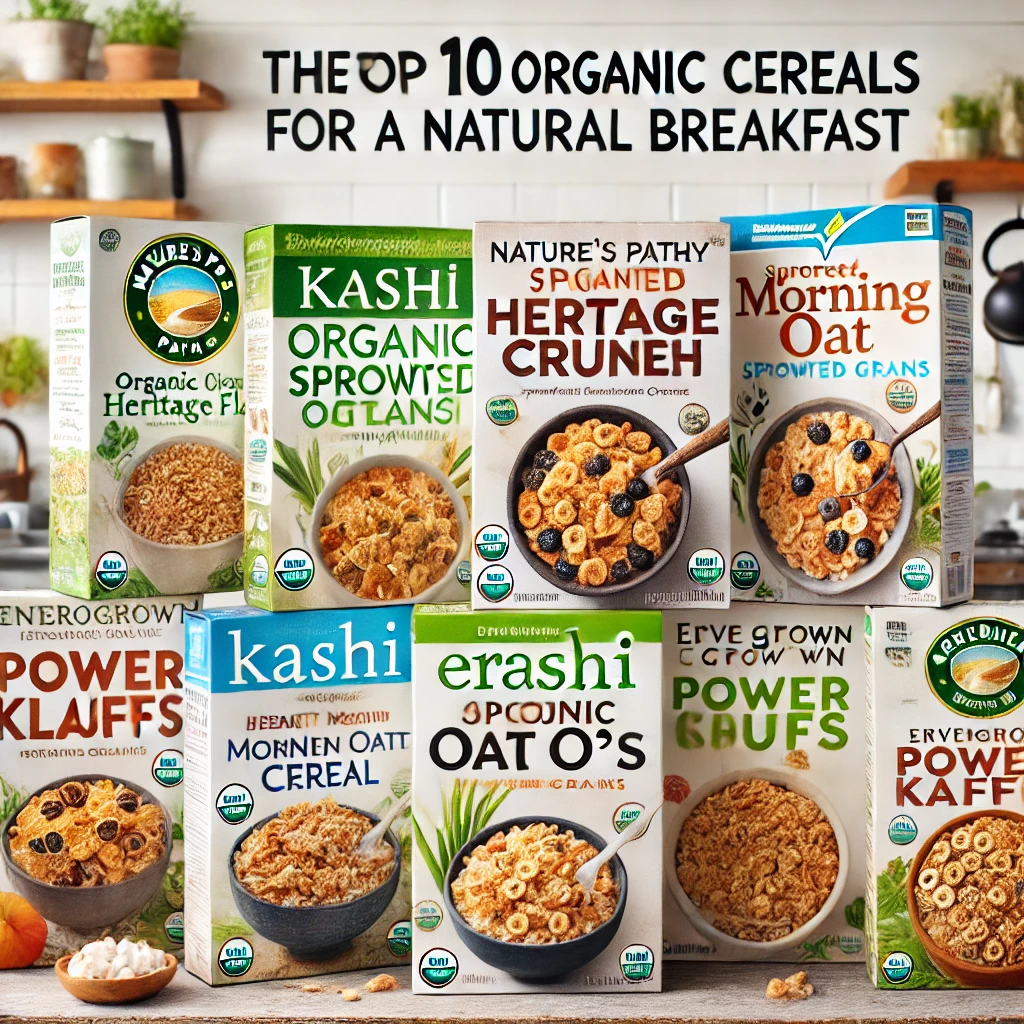
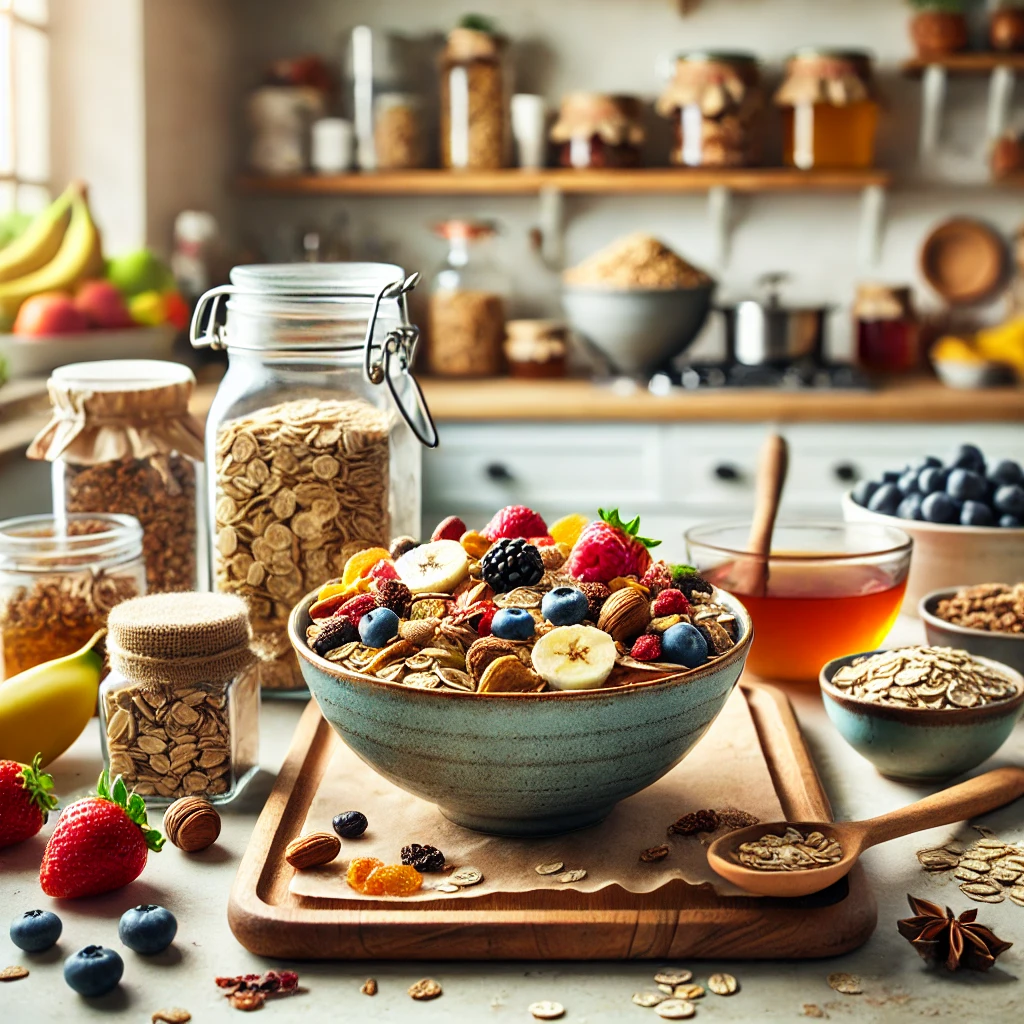
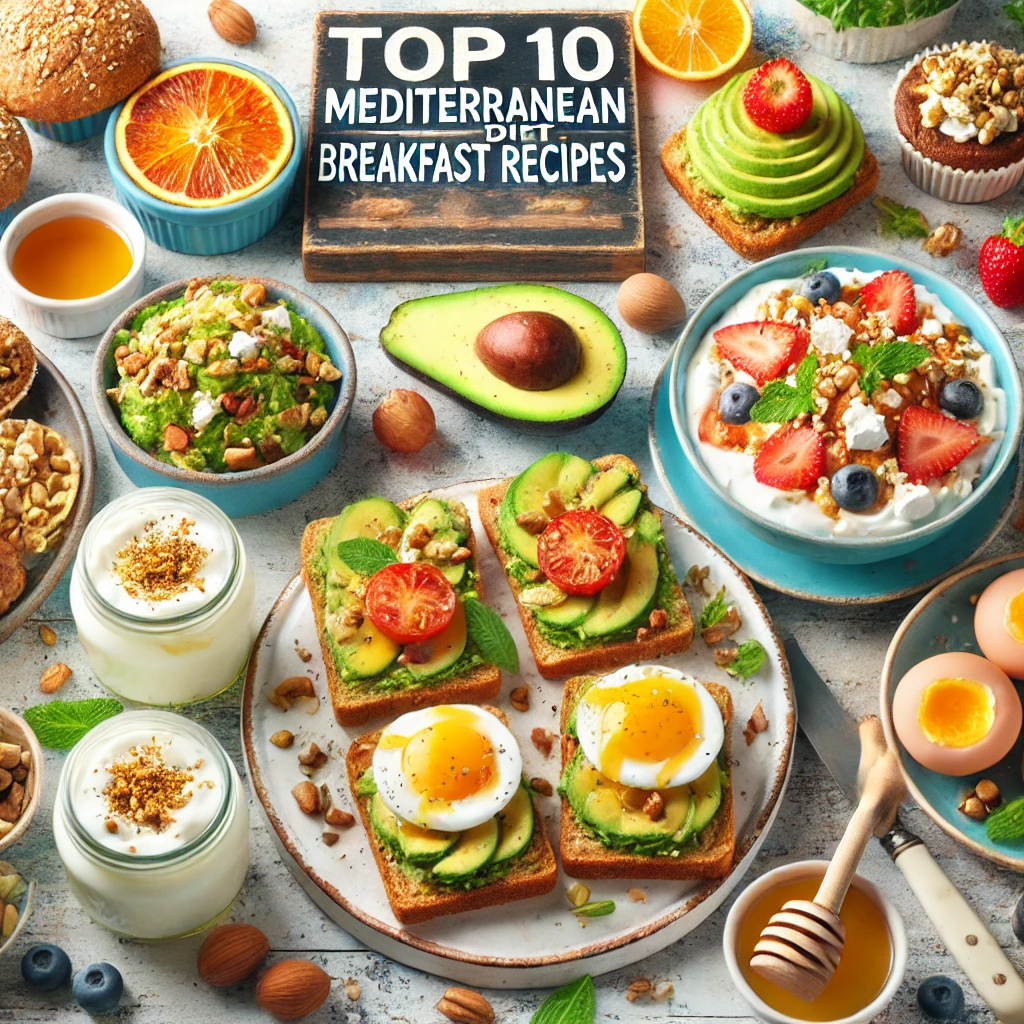

One thought on “How to Choose the Healthiest Cereals for Breakfast”